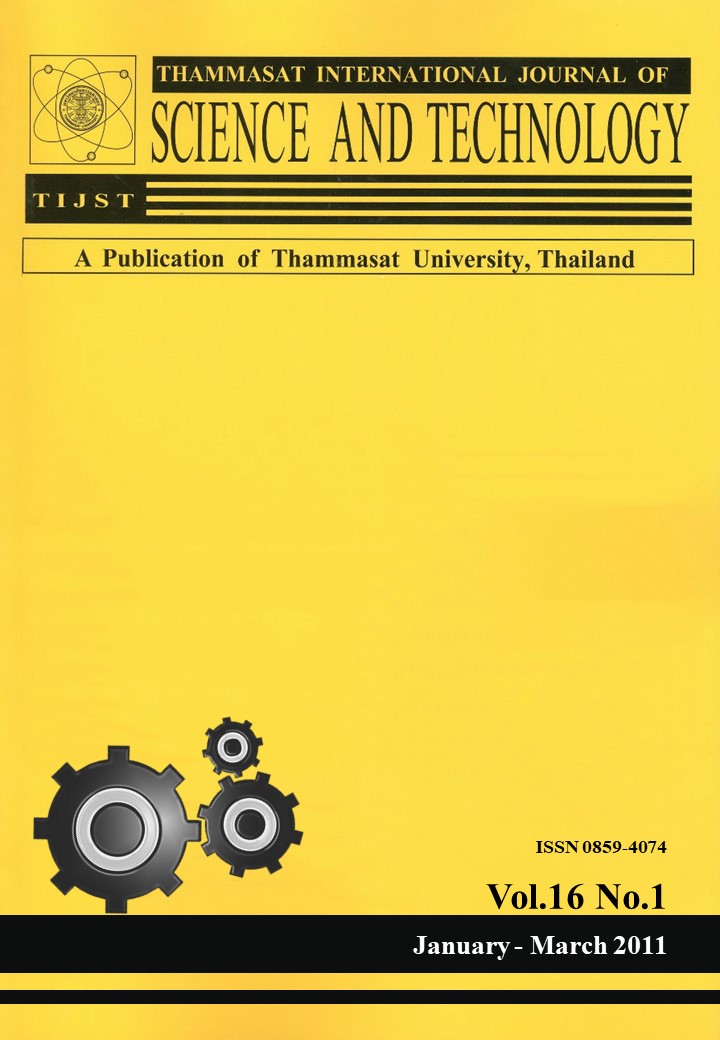Self-Consistent Simulations of Standard H-Mode ITER with the Presence of an Internal Transport Barrier
Main Article Content
Abstract
Self-consistent simulations of standard H-mode ITER with the presence of an internal transport barrier (ITB) are carried out using BALDUR integrated predictive modelling code with predictive models for transport, boundary conditions, and toroidal velocity. In these simulations, the boundary is taken to be at the top of the pedestal. This boundary model is based on a combination of magnetic and flow shear stabilization pedestal width scaling and an infinite-n ballooning pressure gradient model. For the plasma core, a combination of semi-empirical Mixed Bohm/gyro-Bohm (Mixed B/gB) anomalous transport model that includes ITB effects and NCLASS neoclassical transport model is used. In the anomalous transport model, the turbulence is suppressed by the effects of ωExB flow shear, and magnetic shear, which can automatically trigger a formation of ITB. The toroidal velocity for estimating ωExB in the ITB prediction is calculated using an empirical approach model that is directly proportional to local ion temperature. The combination of Mixed B/gB core transport model with ITB effects, together with the pedestal and the toroidal velocity models, is used to predict the time evolution of plasma temperature and density profiles of standard type I ELMy H-mode ITER performance. It is found that the simulations show a formation of ITB. In addition, the central ion temperature, total fusion power output, and alpha power are approximately 50 keV, 800 MW and 220 MW, respectively.
Keywords: Internal Transport Barrier; H-mode; Toroidal Velocity; BALDUR


